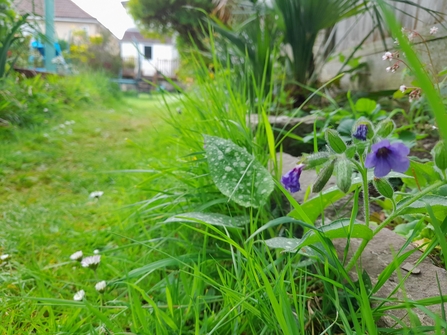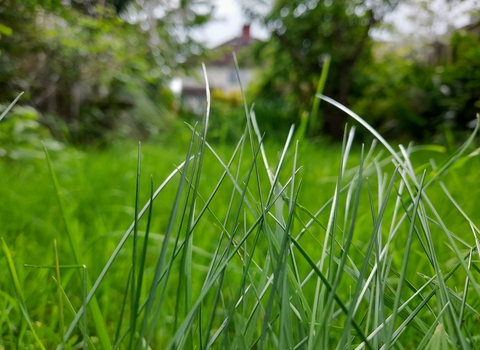Some people are lucky enough see the beauty of wildflowers unfold before their very eyes, as a hidden seed bank comes to life, giving power to the pollinators! Other people see a variety of grasses appear, which provides a fantastic habitat space for wildlife to hide, live and feed in.
Look at the benefits of wildflowers and having a wild area in your garden, in May and beyond:
- Soil health increases
- New flowers pop up, so pollinators flourish
- Help out and notice more bees, beetles, butterflies, moths and more
- Provide more food and shelter for bats, birds, hedgehogs etc
Share your space with nature
It’s understandable that you’ll use your garden or community spaces for leisure activities, so it’s ok to mow some of the lawn or even a pathway through the middle. No Mow May highlights the amazing habitats you can create for wildlife by letting the grass grow. A variety of grasses, heights and plants is great for wildlife to thrive.
If everyone left small areas for wildlife in their gardens, collectively a huge difference would be made to help bring wildlife back locally. Green corridors link up these spaces and are super important to increase biodiversity and movement.



